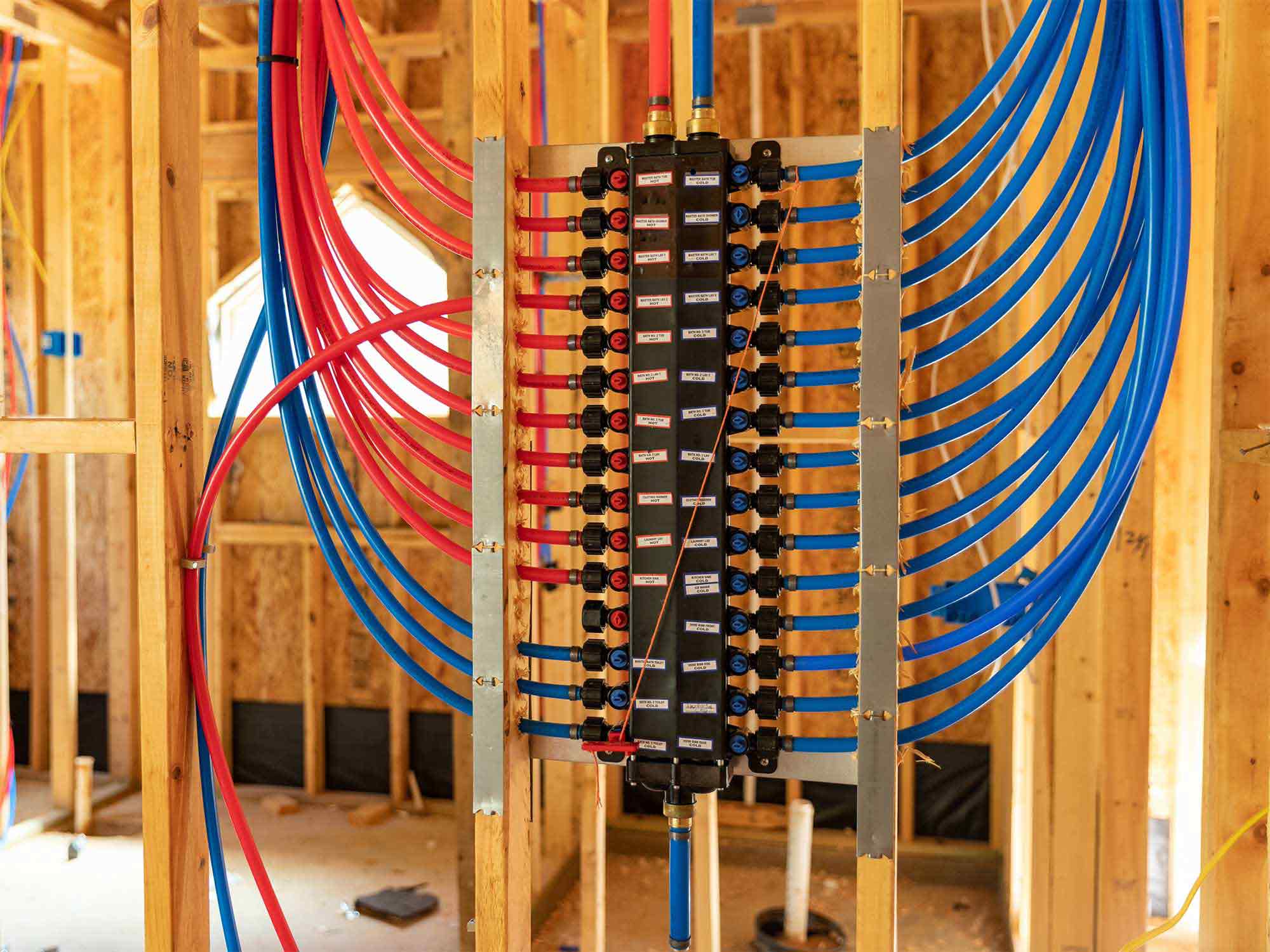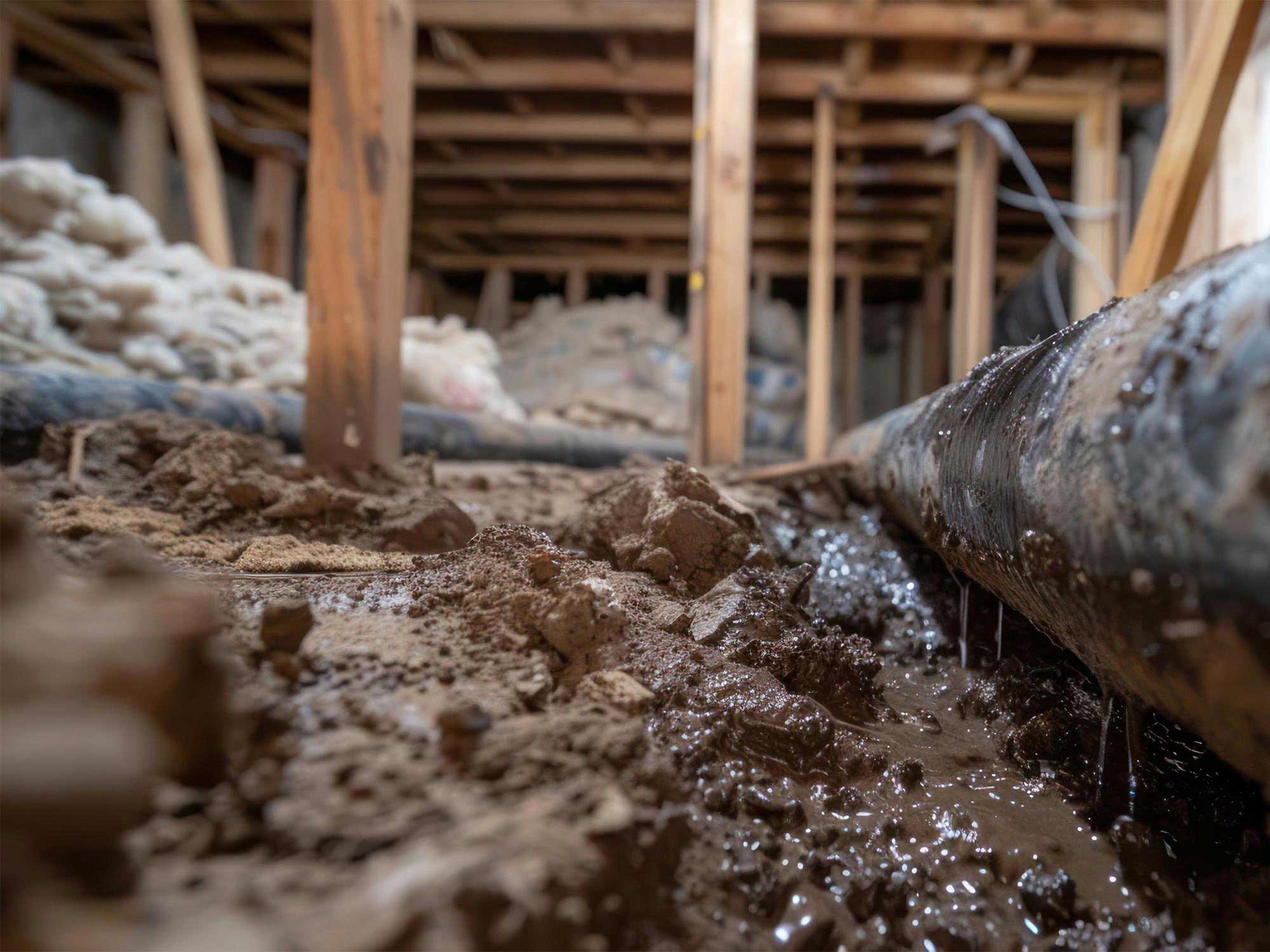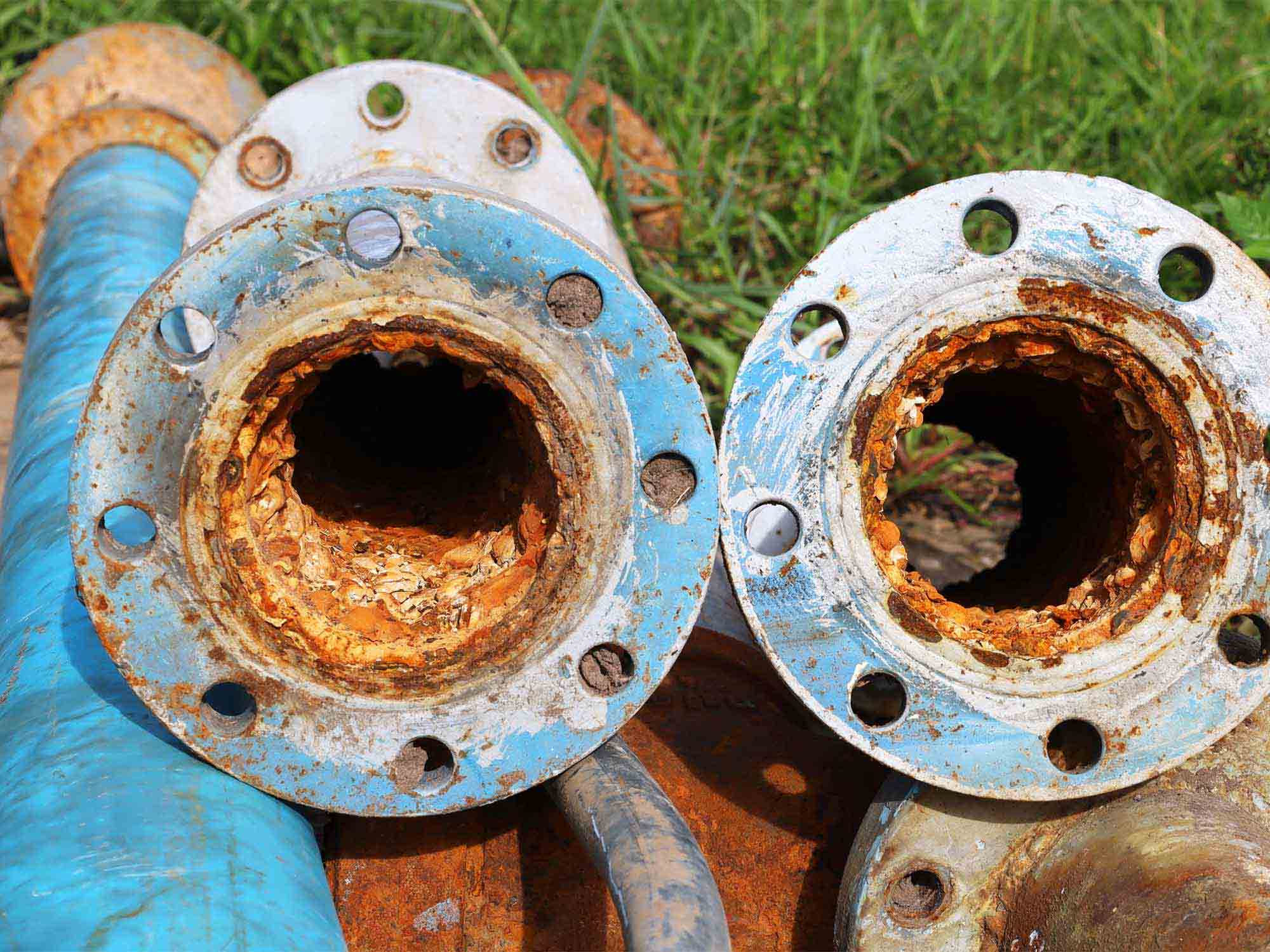If you’re considering a whole house repipe, you’ve likely come across PEX as one of the most popular materials for modern plumbing systems. Most repipe plumbers and professionals experienced in repipe plumbing solutions often recommend PEX as it offers a combination of flexibility, durability, and affordability that makes it an attractive option for many homeowners. But is PEX truly the best material for your home repipe project?
In this guide, we’ll explore the advantages and potential drawbacks of a PEX repipe, how it compares to other materials, and whether it’s worth the repipe cost.
What is PEX and Why is It Popular for Plumbing Repipes?
PEX, short for cross-linked polyethylene, is a type of flexible plastic tubing used in both residential and commercial plumbing systems. Over the years, it has become a preferred choice for whole home repipe projects due to its versatility and cost-effectiveness compared to materials like copper and CPVC.
For homeowners asking, “how much does it cost to repipe a house with PEX?” the answer depends on various factors, but PEX is typically more affordable than copper. It’s also easier to install, meaning repiping plumbers can complete projects faster, saving you on labor costs.
Benefits of Choosing PEX for a Whole House Repipe
- Cost-Effectiveness — One of the main reasons homeowners choose PEX is the lower cost to repipe a house. The average cost to repipe a house with PEX ranges from $4,000 to $8,000 or more, depending on the size of the home and the number of fixtures.
- Flexibility and Ease of Installation — PEX’s flexibility allows it to bend around corners and navigate tight spaces without the need for excessive fittings. This speeds up installation, which can reduce the whole house repipe cost and time required for the project.
- Freeze Resistance — In colder climates, PEX is less likely to burst if water freezes inside the pipes. Its ability to expand and contract makes it a smart choice for regions with harsh winters.
- Durability — Unlike copper, PEX is resistant to corrosion and mineral buildup, making it a long-lasting option for a home repipe.
- Quieter Plumbing — A PEX repipe can reduce the “water hammer” effect often heard in older plumbing systems, resulting in quieter water flow.
Drawbacks of PEX for Plumbing Repipes
While PEX is an excellent choice for many homeowners, there are some considerations to keep in mind:
- UV Sensitivity — PEX is vulnerable to degradation when exposed to sunlight. This means it must be installed away from direct UV exposure or properly insulated.
- Potential Rodent Damage — Although rare, PEX pipes can sometimes attract rodents that may chew through them.
- Temperature Limitations — While suitable for residential hot and cold water systems, PEX may not be ideal for high-temperature applications or industrial use.
PEX vs. Copper for Repiping
If you’ve consulted copper repipe specialists or a standard repipe company, you’ve likely heard about the benefits of copper as an alternative to PEX. While copper offers a longer lifespan and is not vulnerable to UV light, it is significantly more expensive. As noted before, since the average cost to repipe a house with copper can range from $5,000 to $15,000, this does make copper a more expensive option for a whole home repipe.
Additionally, copper is prone to corrosion in areas with acidic or mineral-rich water, which can lead to leaks over time. However, it’s still a preferred material for homeowners seeking a traditional, long-lasting solution.
How Much Does It Cost to Repipe a House with PEX?
The cost to repipe house with PEX is one of the most appealing aspects of this material. On average, the whole house repipe cost using PEX is around $4,000 to $8,000+. Factors that influence pricing include:
- Size of the Home: Larger homes with more plumbing fixtures will naturally have higher costs.
- Accessibility: Homes with plumbing in hard-to-reach areas may increase labor costs.
- Local Rates: Keep in mind, the cost of hiring repiping plumbers or plumbing repipe specialists can vary by location.
How Long Does It Take to Repipe a House with PEX?
A PEX repipe is typically faster than other materials, such as copper, due to its flexibility and ease of installation. For most homes, the process takes 3 to 7 days. Experienced home repipe specialists like The Repiping Plumbers operating across Florida in Hernando, Pasco, Hillsborough, and Pinellas counties are able to easily complete smaller homes even faster.
When Should You Call a Repipe Company?
If your home has outdated materials like galvanized steel or polybutylene, frequent leaks, or low water pressure, it may be time to contact repipe specialists. A trusted repipe company can assess your home’s plumbing and recommend the best materials for your plumbing repipe.
Conclusion
PEX is an excellent choice for many whole house repipe projects. Its affordability, durability, and ease of installation make it a top recommendation from repipe plumbing specialists. If you’re wondering, “How much to repipe a house?” or “Is PEX worth the investment?,” the answer often depends on your budget, local conditions, and the expertise of your chosen repipe plumbers.
To ensure a successful plumbing repipe, work with experienced home repipe specialists or a trusted repipe company like The Repiping Plumbers, with over 8 years of experience on both the residential and commercial sides in this exact service. A properly installed PEX system can provide reliable, cost-effective plumbing for decades to come.
Ready to get started? Call us now to begin the consultation process at 904-233-1617.




